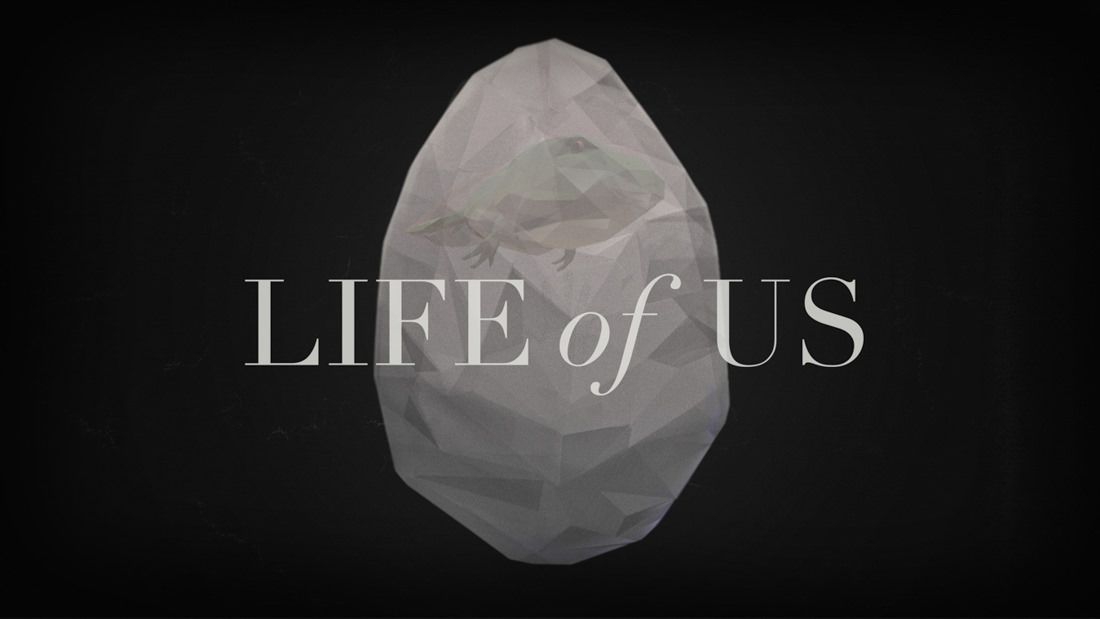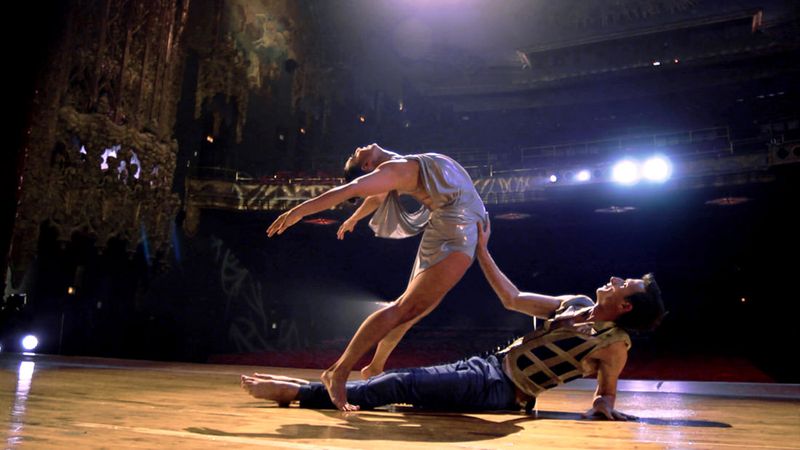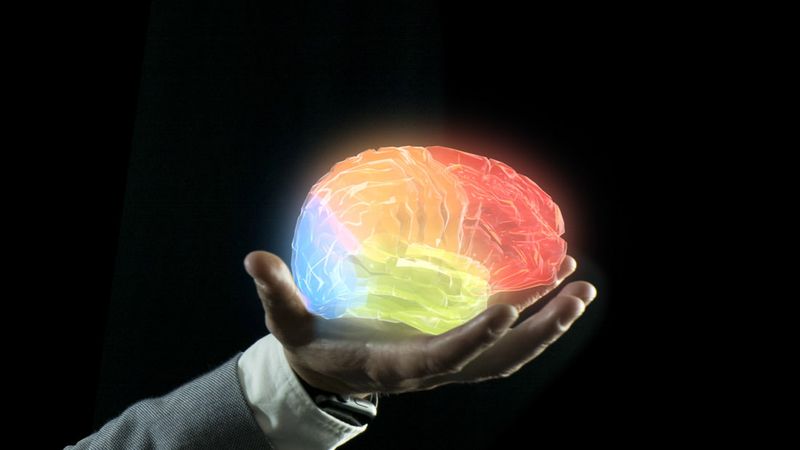By Adi Robertson @thedextriarchy Jan 26, 2017
Whatever problems virtual reality had in 2016, the industry also laid important groundwork, and it’s starting to pay off — particularly at the experimental New Frontier showcase of the 2017 Sundance Film Festival. This year, New Frontier feels like a distinct part of the festival, and the pieces themselves are more mature. Unlike last year, Sundance isn’t pushing as hard to make these VR experiences widely available, especially since so many of them require high-end headsets.
BEST CINEMATIC VIRTUAL REALITY
Cinematic VR isn’t just 360-degree video, although there was plenty of that at Sundance. It’s any virtual reality that’s about observing an experience rather than interacting with it. It’s also some of the most accessible VR, since much of it can be viewed on mobile headsets like the Samsung Gear VR and Google Daydream.

WINNER: DEAR ANGELICA
Dear Angelica is a gorgeous reflection on the power of art and fiction, as well as a technical achievement. The third project from Oculus Story Studio, it was drawn entirely inside VR by illustrator Wesley Allsbrook using an art program called Quill, and has a distinctly different feel from the studio’s previous work. The piece was teased last Sundance, where I called it one of the first projects that didn’t feel like a translation from games or film. The final product bears that out: it’s like a moving, walkable painting, telling the bittersweet story of a daughter remembering her film star mother’s many roles. The only thing I want from Dear Angelica is more of it — it’s still a very short piece, with room for deeper character development. If you happen to have an Oculus Rift, though, there’s no excuse for not checking it out; it was released the day of its Sundance premiere for free.
BEST INTERACTIVE VIRTUAL REALITY
Interactive VR can be a lot of things, from video games to experimental art to software tools. It’s usually found on high-end platforms like the Oculus Rift and HTC Vive, since these headsets let users walk around, freely move their heads, and interact via controllers.

WINNER: MINDSHOW
This isn’t our first time seeing Mindshow. We wrote about the project last year, and I tried it at CES earlier this month. (One of its co-founders, Cosmo Scharf, was also a Verge intern in 2013.) It’s more ambitious than most of the work at Sundance. It’s a kind of VR theater where participants record each character’s words and movements, then loop them together into a coherent story, which can be shared with friends who might want to remix and rerecord their own parts.
Mindshow is less an art object than a piece of prototype editing software, although for now, you can only act out limited scenes with a couple of characters. Like some of the best VR applications, it blurs the line between consuming and producing media, and it was consistently a favorite among the VR creators I spoke to at Sundance. We just hope it can make the next step toward wide release soon— it’s currently taking early access applications for a limited beta.
BEST VIRTUAL REALITY INSTALLATION
Not everything can be enjoyed purely from inside a headset. Some of the pieces at Sundance work because of their physical components, which add context, weight, and new possibilities to the VR experiences they accompany. Don’t expect these to show up in your home anytime soon, but consider checking for them at film festivals and museums.

WINNER: LIFE OF US
Life of Us is the latest work from Within, the studio behind VR films like The Displaced and the Mr. Robot VR tie-in. It’s one of the most creative, playful things they’ve ever done. The piece is cooperative, experienced by two or four people at a time. Together, they evolve from single-celled organisms to post-human robots, variously becoming creatures that swim, fly, run, and float. While it’s not a game per se, the experience gives people little opportunities to interact with each other and the environment, like blowing bubbles, throwing monkeys, and flinging papers into the wind. Participants can talk to each other through the HTC Vive’s microphone, with their voices digitally altered to fit each scene, from the childlike squeak of an amoeba to the deep grunt of a gorilla. Once they’re done, they can take off the headset and see their experience projected onto a wall outside, around a three-dimensional glowing egg.
AUGMENTED REALITY: THE FIRST STEPS
We’re not doing a “best of augmented reality” category this year, because the technology is still relatively low-profile at Sundance. But we wanted to highlight two pieces based on the cutting-edge Meta 2 and Microsoft HoloLens headsets — since, if the medium takes off, we could be seeing a lot more in years to come.

HEROES
Heroes (another Oculus-supported piece) is fundamentally a dance sequence set to the David Bowie song of the same name, presented across two formats: first a 360-degree Gear VR video, then a Microsoft HoloLens experience. The former gives you a full view of the stage and dancers, and the second lets you walk through a series of scenes that seem to appear in mid-air, controlled by speaking words that are scattered on physical cards around the room. All the while, the headset is tracking your movements, leaving a bright streamer behind to mark your path. HoloLens is still too uncomfortable and limited for this to consistently live up to its full potential, but when it does click, it’s magical.

THE JOURNEY TO THE CENTER OF THE NATURAL MACHINE
This piece from augmented reality company Meta is a good reminder of the fine line between utopian and dystopian techno-futurist visions. For Journey to the Center of the Natural Machine, the company worked with the creators of creepy short sci-fi film Sight, which presents AR as a way to deceive and manipulate people. Here, though, it’s a clever way to learn about the parts of the brain — the title’s “natural machine.” Sitting across from each other, two participants wearing Meta 2 headsets take turns pushing holographic lobes into place, while directed speakers describe their purpose. Meta 2 still has technical limitations, but the piece does a good job of showing the potential for collaborating through imaginary objects.
Read the full story on VERGE.com
Images courtesy of Verge.com
